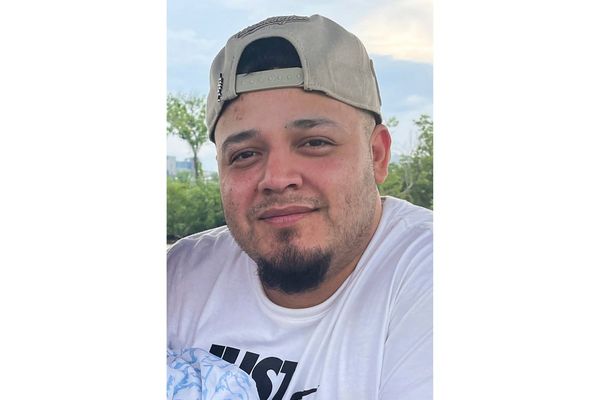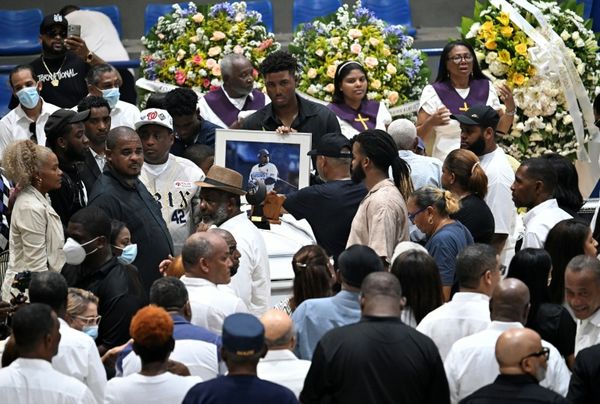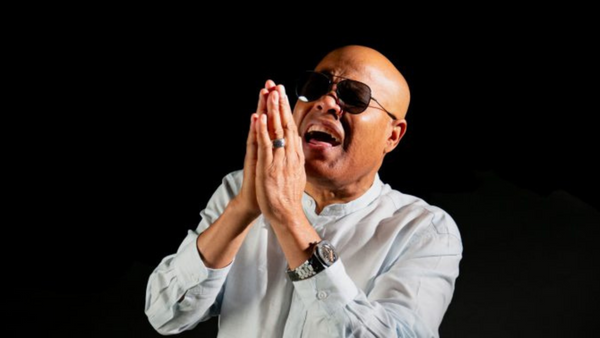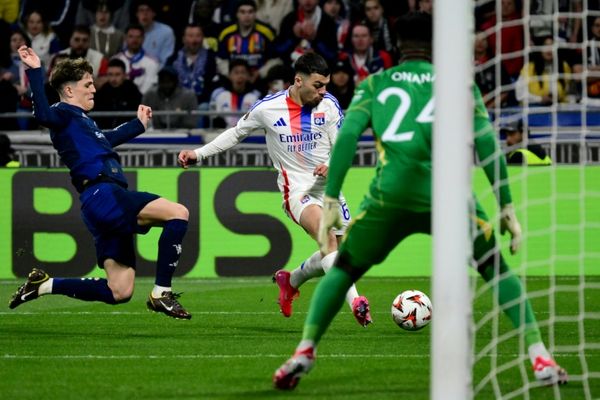Scientists say a unique program that sees broken pieces of coral salvaged from the bottom of the sea floor and reattached using a special clip is achieving remarkable results.
Four years ago, at the height of a major coral bleaching event on the Great Barrier Reef, Port Douglas-based marine biologists and reef tourism operators John and Jenny Edmonson knew they had to do something.
"After the first bleaching in 2016, it was difficult to come out here on the reef and see it all," Ms Edmonson said.
"We started to come up with ideas of how to have a cheap and fast way of out-planting large quantities of coral and thereby returning the sites to what they used to be like."
They established the Coral Nurture Program, which sees staff from several reef tourism boats — under the management of scientists — salvage broken pieces of coral from the ocean floor.
The fragments are grown in special nurseries, including one at Opal Reef, off Port Douglas.
The nurseries are suspended about two metres beneath the ocean surface, and after the coral matures, it is transplanted back on the reef, with the use of a special metal clip, invented by the Edmonson family.
The work is carried out by dive staff who tend to the coral nurseries while tourists snorkel the reef nearby.
Reef sites showing 'remarkable' results
More than 70,000 coral fragments have been planted across 27 reef sites since the program began four years ago.
Researcher and coral scientist Professor David Suggett, from the University of Technology in Sydney, has just returned from a two-week expedition to inspect the sites.
He said 85 per cent of the new corals that had been re-planted had survived and were now even reproducing.
"Some of the very first fragments that we planted at the end of 2018, the size of my finger, are now spawning by themselves after only three years," Dr Suggett said.
"This now means all planting activity is able to start rehabilitating the reef on its own.
Five other reef tourism boats from Cairns to Port Douglas are also now involved in the program, in partnership with the Great Barrier Reef Foundation.







